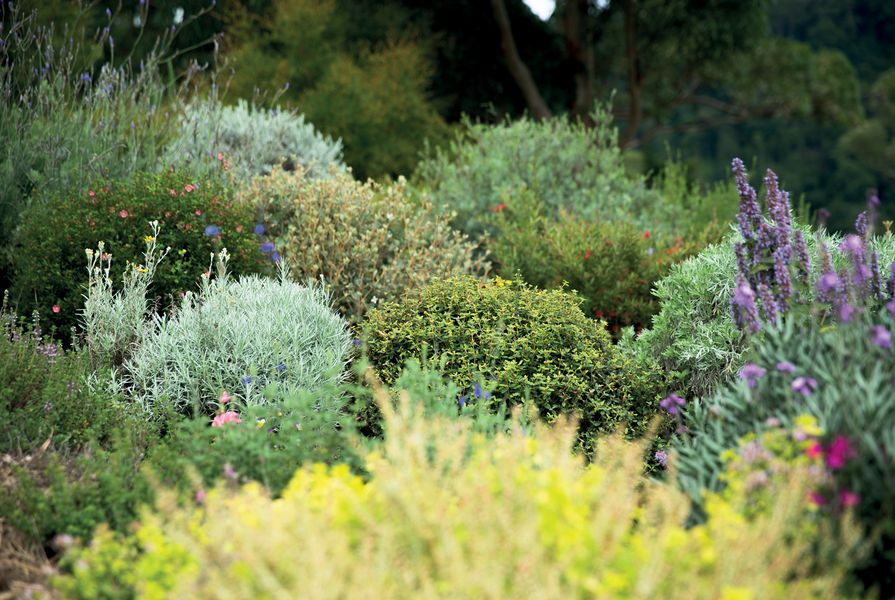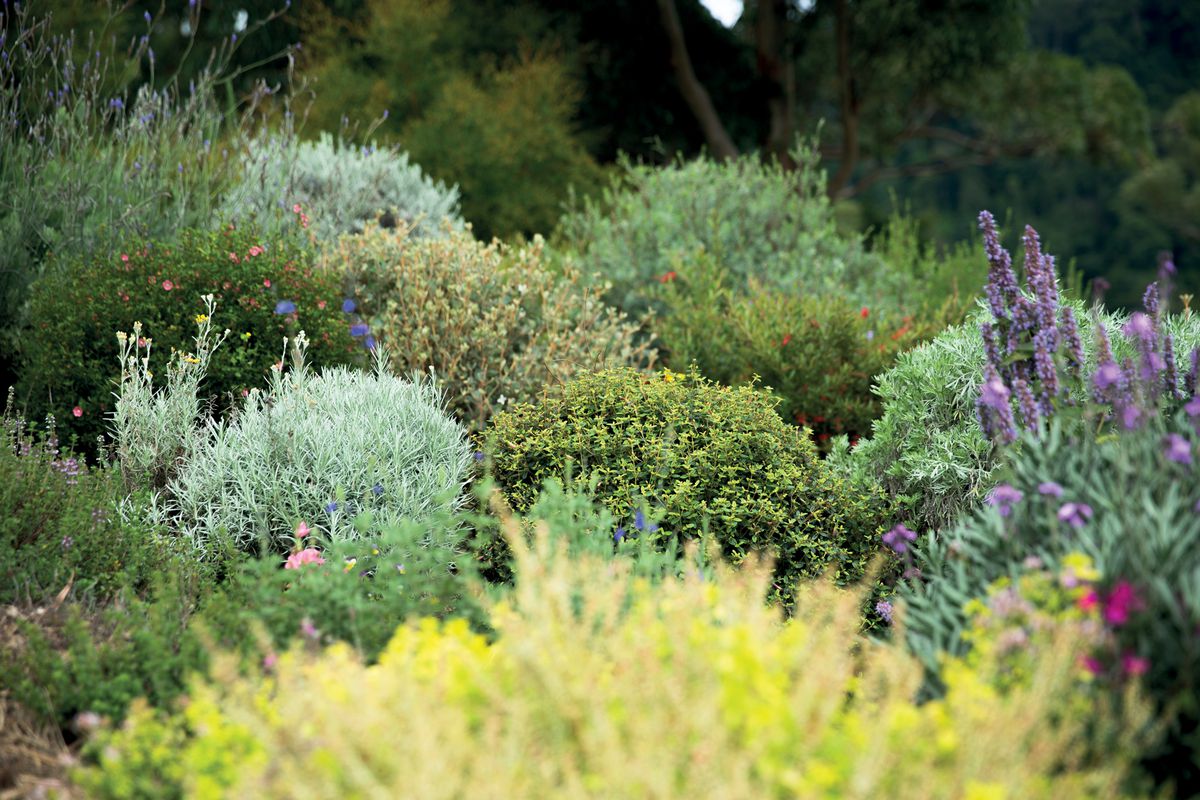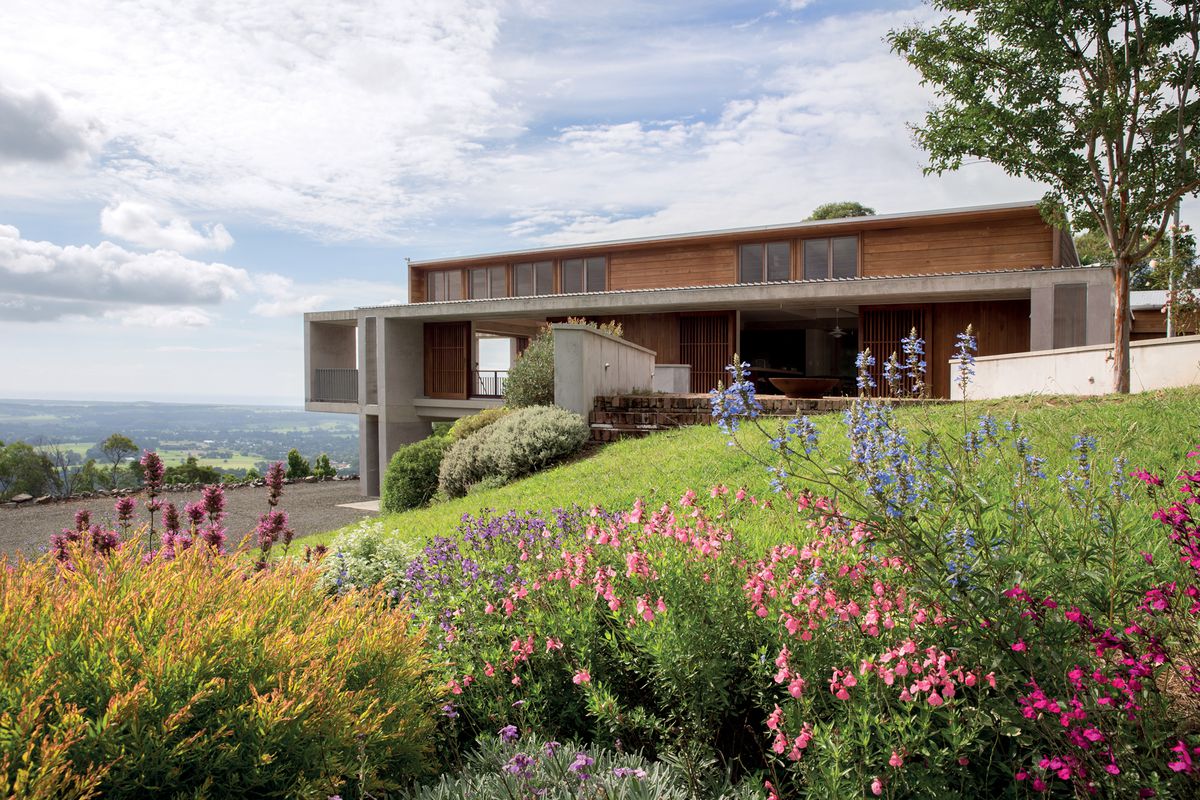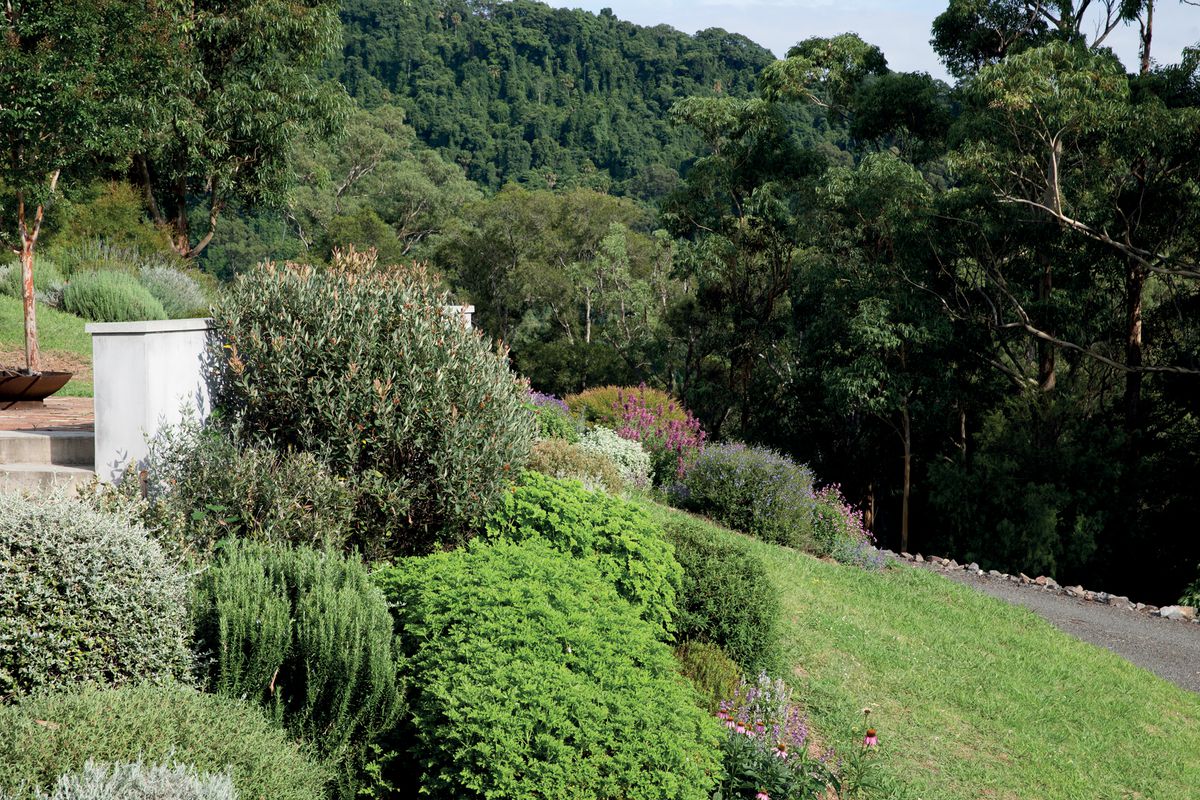Landscape architecture is a visual and spatial art; as professionals, our responses to projects can be shaped by image, with so much visual material easily accessible in books, journals and online. But for the people who use the landscapes that we design, experience is shaped by emotion and sensory responses beyond the visual. The fourth dimension in design of landscapes is the ephemeral overlay of light, sound, tactility and smell. These are the elements that bring in to play all the senses; that engage and create delight, and that may be the basis for the longest lasting memories.
The most powerful trigger for memory is smell. The olfactory bulb in the brain is only two synapses removed from the amygdala, the seat of emotional memory. A particular smell can take us very quickly back to places and events. My own early experience and understanding of the landscape is tied up with the smell of eucalyptus on a hot day, the muddy smell of the Murrumbidgee River, and the strong musty smell of paperbarks by the beach. Standing on ANZAC Parade in Canberra, the smell of the avenue of Blue Gums deepened the idea of Walter Burley Griffen and Marion Mahony Griffen’s planned connection of city and landscape.
The most effective public and private landscape projects try to integrate a sensory dimension, and part of this is through the use of scented plants. The following lists draw from some of these. Private gardens offer a broader palette of plants; public spaces utilise the more robust species, but we like to mix them up and create surprise. We will sometimes use herbs such as rosemary in public spaces.
Suggested plantings
Melaleuca quinquinervia – Paperbark
Leptospermum petersonii
– Lemon Scented Ti Tree
All the eucalpypts and corymbia, especially C citriodora
Backhousia citriodora
Hymenosporum flavum
Prostanthera sp
– native mint bushes
Pittosporum
Atriplex sp – Salt bush
Eriostemon myoporoides
Eupomatia laurina
– Indigofera australis
Arthropodium strictus
– Chocolate lily
Tasmannia – Native Pepper Berry
Boronia
Scented geraniums
Rosemary
Santolina
Daphne
Read an interview with Jane Irwin on residential landscape design here.
Source
Practice
Published online: 8 Nov 2016
Words:
Jane Irwin
Images:
JILA
Issue
Landscape Architecture New Zealand, September 2015














